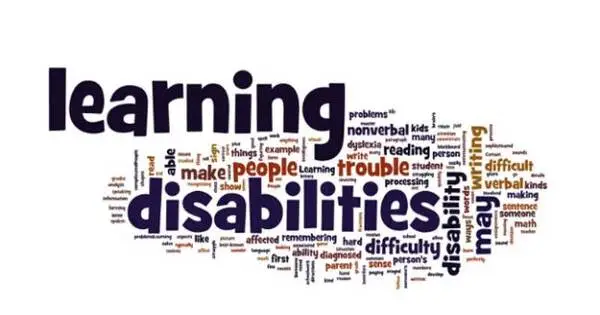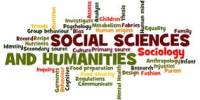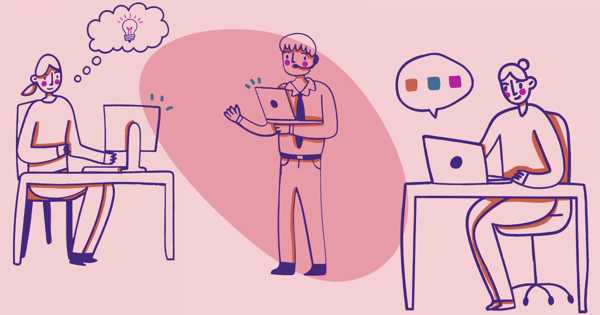A child’s ability to learn, retain, and process information is impacted by learning disabilities. It is a condition in the brain that causes difficulties comprehending or processing information and can be caused by a variety of factors. It is also known as learning difficulty in British English. Some children with LD have difficulty listening, speaking, reading, writing, and doing math. Given the “difficulty learning in a typical manner,” the ability to learn in a different manner is not excluded. They struggle to understand and retain information taught in traditional school formats.
As a result, some people can be more accurately described as having a “learning difference,” avoiding any misconception of being disabled with a lack of learning ability and potential negative stereotyping. In the United Kingdom, the term “learning disability” refers to an intellectual disability, whereas difficulties such as dyslexia and dyspraxia are commonly referred to as “learning difficulties.”
The causes of LD appear to be genetic in nature. Some forms of learning disability, such as dyslexia, may be caused by a head injury or trauma (not very common though). Some dyslexic children appear to process (make sense of) information in a different area of the brain than children who do not have a learning disability.
While the terms learning disability and learning disorder are frequently used interchangeably, they are not synonymous. A disorder is defined as significant learning difficulties in an academic area. These issues, however, are insufficient to warrant an official diagnosis. In contrast, learning disability is an official clinical diagnosis in which the individual meets certain criteria as determined by a professional (such as a psychologist, psychiatrist, speech language pathologist, or pediatrician).
The degree, frequency, and intensity of reported symptoms and problems differ, and thus the two should not be confused. The term “learning disorder” refers to a group of disorders characterized by inadequate development of specific academic, language, and communication skills. Reading (dyslexia), arithmetic (dyscalculia), and writing are all examples of learning disorders (dysgraphia).
The disorder that affects the brain’s ability to receive and process information is the unknown factor. This disorder can make it difficult for a person to learn as quickly or as effectively as someone who does not have a learning disability. People with learning disabilities have difficulty performing specific types of skills or completing tasks if they are left to figure things out on their own or if they are taught in traditional ways.
Individuals with learning disabilities may face unique challenges that last throughout their lives. Interventions and current technologies may be used to help the individual learn strategies that will foster future success, depending on the type and severity of the disability. Some interventions can be quite simplistic, while others are intricate and complex.
To be effective classroom supports, current technologies may necessitate student training. Teachers, parents, and schools can collaborate to develop plans that tailor intervention and accommodations to assist individuals in becoming successful independent learners. A multidisciplinary team is frequently used to design the intervention and to coordinate its implementation with teachers and parents. School psychologists, special educators, speech therapists (pathologists), occupational therapists, psychologists, ESL teachers, literacy coaches, and/or reading specialists are frequently members of this team.
People with learning disabilities, on average, have average or above-average intelligence. There appears to be a gap between an individual’s potential and actual achievement. This is why learning disabilities are referred to as “hidden disabilities”: the person appears perfectly “normal” and appears to be a very bright and intelligent person, but may be unable to demonstrate the skill level expected of someone of a similar age.
















